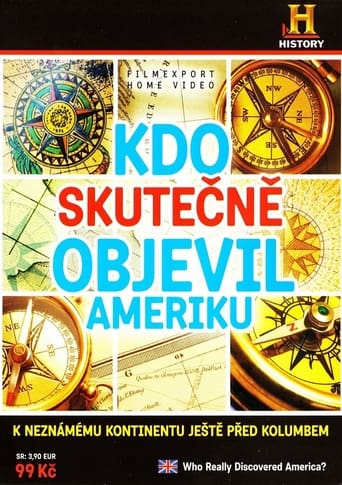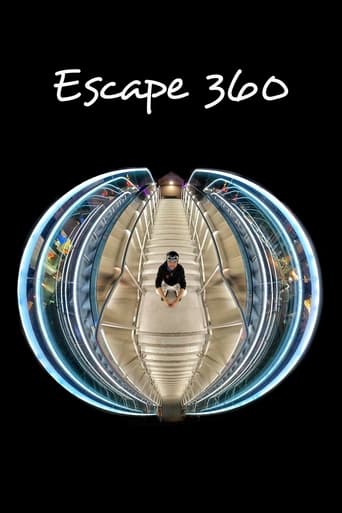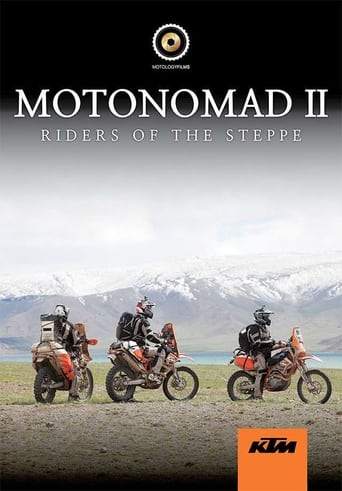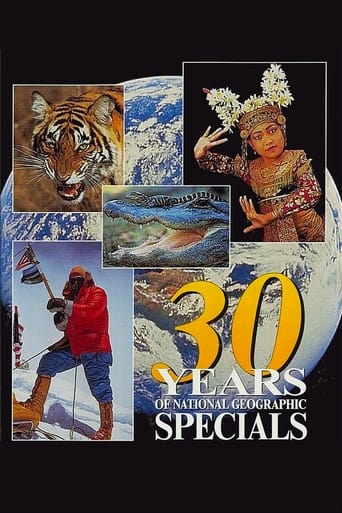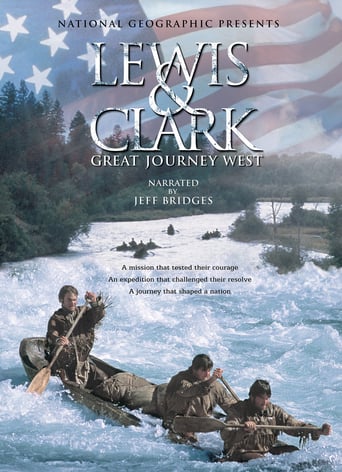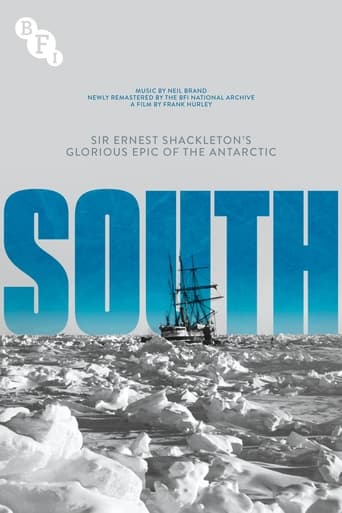
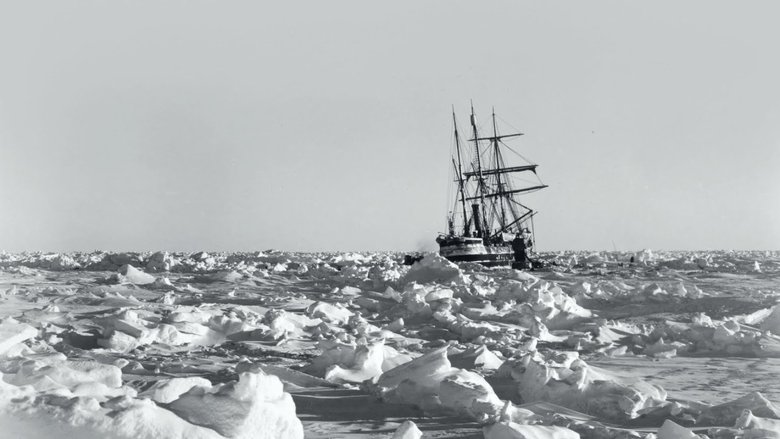
South (1919)
The story of the 1914-1916 Antarctic exploration mission of Sir Ernest Shackleton.
Watch Trailer
Cast


Similar titles
Reviews
I have written often about how the rediscovery of films of the silent era has allowed us to re-tell the history of cinema, in a way that is generally much less US-centric and invariably less simplistic, but I have paid relatively little attention to documentary.This is a grievous omission because documentary, far from being a peripheral part of cinema, is one of the real motors that has driven it, particularly in encouraging cinematographic experimentation and in enriching the visual vocabulary on which film-makers could draw.Here too we are learning much, both in understanding how documentary like photoplays developed quite naturally out of the early "views" as the length of the films increased and in appreciating that documentary did not begin - or anything like it - with Nanook of the North. Full-length films that reconstructed historical events (always docufictions of a kind) started at the same time as the epics and other full-length fictions in 1911 (the Russian Siege of Sevastopol and the Serbian biopic Karadjurdje). In the US The Truth about the Pole (not on IMDb) was a short dramatic reconstruction intended to vindicate the claims of Frederick Cooke but, with slides and lectures, ran, according to the adverts, anywhere between 45 minutes and two hours "as desired".1912 (the year of the sinking of the Titanic) saw Pick's reconstruction Im Nacht und Eis (medium-length) and the same year brought the Italian film Viaggio in Congo (again medium-length), an account of a trip through the Belgian Congo, while the linked genres of biographical and historical reconstruction continued with the Romanian film, Independent Romania and the US film The Adventures of Lieutenant Petrosino (medium length). In 1913 there is the German biopic Richard Wagner and Ince's lost reconstruction of The Battle of Gettysburg (US), the Russian medium-length Tercentenary of the Romanov Dynasty's Accession and the Russian full-length documentary Lives of the Jews in Palestine. While Universal's Traffic in Souls is very decidedly fiction, the same year's The Inside of the White Slave Traffic (originally longer than the surviving 30 minutes) was rather more in the nature of a docufiction.1914 brought the US/Canadian film In the Land of the Head-Humters and the US historical reconstruction Ireland a Nation (both medium length) and 1915 the Italian biopic Silvio Pellico (medium length), the Russian historico-political Lilya Belgii (medium length) and a full-length biopic of Ivan he Great as well as the US historico-political All for Ireland. In 1916 there was the British war documentary, The Battle of the Somme while in the US Benjamin Brodsky released his feature-length travelogue, A Trip Through China. In 1917 Dutch documentarist Willy Mullens produces the medium-length Holland Neutraal and the Germans produced their own film of The Battle of the Somme. There was the Mexican historical reconstruction Tepeyec and the Russian medium length Delo Beilisa (the Russian "Dreyfus Affair") and more British war films (The Battle of the Ancre and the Advance of the Tanks and German Retreat and the Battle of Arras). In 1918 the Dutch produced a compilation of footage about the East Indes (Onze Oost) while the Germans shoot a medium-length film about their war hero Von Richthofen. Beethoven was the subject of a (heavily fictionslised) Austrian biopic while the US produces its war documentary, America Goes Over as well as the fictional propaganda film Hearts of the World and Brodsky produced his second feature-length travelogue, Beautiful Japan.It is true that I have mixed documentary with historical and biographical dramas (to give a clearer picture of how these genres develop together) and that I have included medium-length films (c. 32-45 minutes) along with "full-length" films (the distinction between them seems to me rather spurious) but what is clear is that documentary film-making (even if the word did not yet exist) was making strides in absolute parallel to its fictional counterparts several years before Flaherty's Nanook.And this film, beautifully shot and skilfully narrated, is evidence of just how good those documentaries could be. I agree with the reviewer who sees it as in some ways the antithesis of Flaherty's Nanook in its faithful recording of events as they happen and this would remain an important distinction (and often point of contention) between the British documentary school as it developed (associated with the Scot John Grierson) and its US counterpart (which tended to follow Flaherty) and is, for the matter, at the heart of all debates about the nature of documentary ever since.The late twenties/early thirties was really the golden age both of fictional and documentary films and saw some extraordinary forms of convergence between the two. Interesting, for instance, to compare this film not only with later documentaries like The Great White Silence (1924) but also with fictions like Der Ruf des Nordens (1929) and S.O.S. Eisberg (1933). Another major element in this film is Hurley's awareness of the relationship between naturalistic photography and abstract design (the ghost ship at night and the patterns of frost, for instance) which also foreshadows developments in the late twenties in the work of Walter Ruttmann or Joris Ivens and for that matter all the many documentary film/abstract art cross-overs that have succeeded and that have proved to be the mainstay quite as much of the advertising industry as of so-called experimental cinema. It is also this aspect of the film no doubt that inspired the curious 1993 fantasy by Dutch "found footage" specialist Peter Delpeut, The Forbidden Quest, dedicated to Hurley and making use primarily of footage from this wonderful film.A brief word, finally, in defence of Cooper and Schoedsack. While it is true that once they got to see the work of Flaherty, they were immediately corrupted by it and Chang is a deplorable piece of fakery but their very first documentary Grass: A Nation's Battle for Life (1925) is a superbly genuine piece of work.
"South" (1919) by Frank Hurley with the cooperation of Ernest Shackleton is one of the rare pieces of evidence, very soon doing the searching in Antarctic continent and all its own backwardness as movie is concerning with such a reality of glacial activity, within also the fisheries and animals for the typical environment. Too, the spirit of geographical adventure is there, with some willingness from veterans of the Scott's expeditions and risky failures, as responsible background on the spot as usual in such a collective project, nurtured by Shackleton in it : to bring humanity from such an experiment in the last continent of our planet, where the footprints of some represented there, just before were lost for ever with its tent near the South pole.At its first stage, in contact with innocent human beings out of the First World War casualties, this Shackleton expedition got a discovery of what is fixed from onetime for ever, in such a fascinating way of holding images, moving like within that visual instinct. Pictures that would also be recuperated only a lot of years further, after standing perfectly conserved by the icy waters, in a submerged box inside the wreckage of the famous lost vessel, from that specific and interrupted expedition. In a kind of fact, that it was legend in the history of that forgotten region of the globe and this is almost incredible, as well rarely seen as a document restored, but still concerned with the insight of the trip on a failed mission. This movie is the recollection of part of the itinerary made by Shackleton team, specially the "Endurance" vessel slow wreckage and agony of sad evidence, with the polar sunny side of few moments nearby Antarctic. What should be done in homage to some of these past individuals, that took part in such an adventure ? Briefly, to such kind of human beings, now if it could be necessary for that comprehensive task, nothing less than going again in a further initiative. For repeating the trip, like it was before, it was rather obligatory facing an almost permanent Winter without the Sun in the most part of the year. This occurring still in such a similar kind of conditions, as though even having the same and getting the enraged flesh of the local seals and bears for the meals as it was made in the past, animals that such an expedition ate before, in last instance for surviving. All that working, when people still at the time was obliged then, while encircled by severe glacial circumstances, burning coal to stay alive. Even with their frozen noses perhaps not alive, but saving partly of it in supplies and returning from nowhere, again at home.
This is a remarkable film, just in that Frank Hurley was there--surviving the harsh conditions and circumstances like the rest of Sir Ernest Shackleton's crew. Moreover, he didn't interfere, or invent a story, in the way other pioneer documentary filmmakers did, as with "In the Land of the Head Hunters" (1914), Flaherty's "Nanook of the North" (1922) or the films by Cooper and Schoedsack. He had an interesting and amazing story and only needed to record it. Hurley tells the adventure of Schackleton's Antarctic expedition largely by intertitles, but there is some interesting photography, nonetheless.Film-making isn't a priority when lives are in peril, so the title cards, in addition to still photographs and some drawings help to tell the entire story. Most of the moving pictures are of the exotic animals they encountered and the many dogs they took with them to Antarctica. There's also the slow demise of their ship, Endurance. Two of the images that stood out to me, however, were the shadows of crosses upon the ice when the ship was battering through it and the shot of the ship charging full stern ahead, approaching the camera head on, a la the Lumière brothers' "Arrivée d'un train" (1895). Mostly, the motion pictures help illustrate a story told by intertitles, but it's quite a story. And, like its subjects, the film remarkably survived.
This is a slice of history. The documentation of the expedition that didn't work out and turned into a adventurous flight for survival. Unfortunately, and of course naturally, the real story, the trek to Elephant Isle and then to South Georgia, the pinnacle of the whole event, was not on film. But again, this is were film becomes a 'time-machine'.



